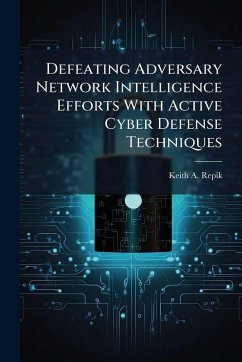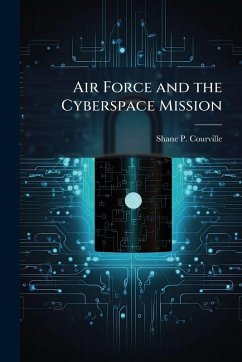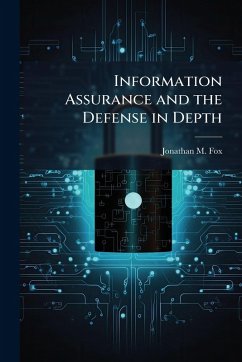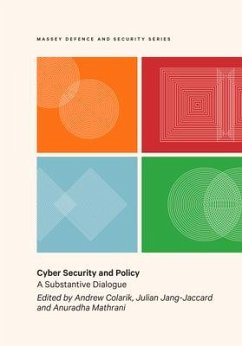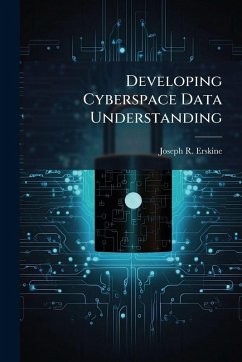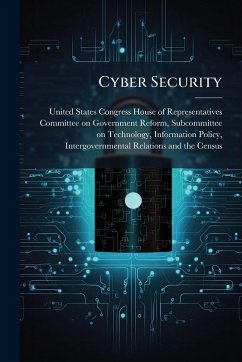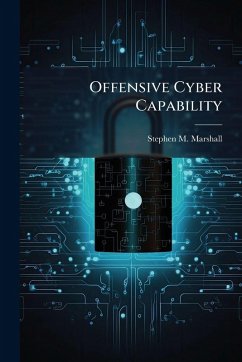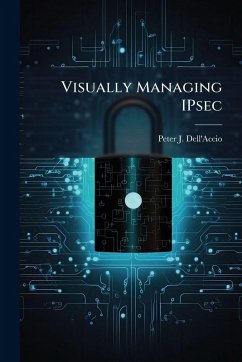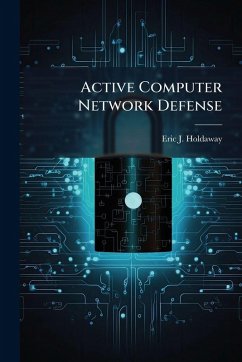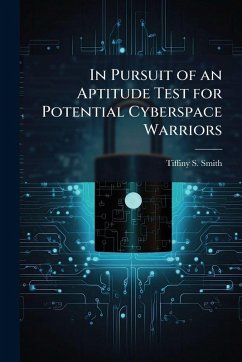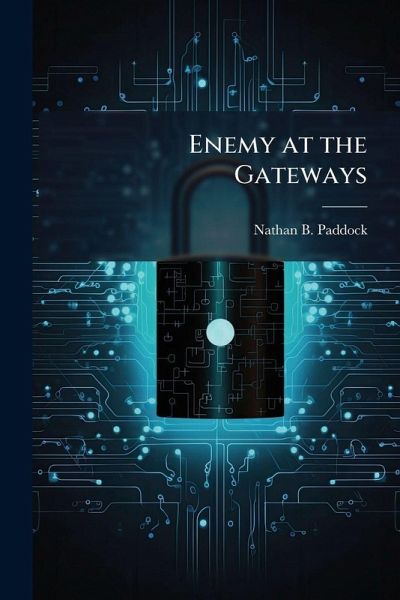
Enemy at the Gateways

PAYBACK Punkte
7 °P sammeln!
Every day, hackers use the Internet to "virtually" invade the borders of the United States and its critical infrastructure. National leadership must determine whether these intrusions constitute an attack or merit the declaration of a national emergency. In times of war, cyber attackers may attempt to monitor communications or disrupt information systems and other systems critical to national infrastructure. Formed in 2002, the Department of Homeland Security(DHS) holds lead agency status for many initiatives of the National Strategy to Secure Cyberspace (NSSC). The NSSC identifies critical in...
Every day, hackers use the Internet to "virtually" invade the borders of the United States and its critical infrastructure. National leadership must determine whether these intrusions constitute an attack or merit the declaration of a national emergency. In times of war, cyber attackers may attempt to monitor communications or disrupt information systems and other systems critical to national infrastructure. Formed in 2002, the Department of Homeland Security(DHS) holds lead agency status for many initiatives of the National Strategy to Secure Cyberspace (NSSC). The NSSC identifies critical infrastructures and key resources (CI/KR) that must be protected from physical or virtual attack. Current national strategy calls for the Department of Defense (DoD) to protect the defense industrial base (DIB), one of seven identified sectors of CI/KR. DoD components include the Office of the Secretary of Defense, the Joint Staff, the Military Services, Unified and Specified Commands, Defense Agencies, and field activities. DoD can contribute significantly to the protection of the nation from attacks directed against the United States via cyberspace by leveraging current resources and capabilities to augment ongoing initiatives and working to develop more effective homeland defense solutions. Along the way, DoD must continue working to protect the DIB from the information collection efforts of foreign intelligence services and organized crime, as well as from potential terrorist efforts to destroy or hold hostage critical information. Sensitive but unclassified (SBU) information seems to be more at risk than classified program information at this time, so current DoD efforts aim to secure the unclassified networks and databases of defense contractors. DoD can and should exceed the expectations laid out by the President of the United States in national strategy. Cooperation and information sharing will be the key. This work has been selected by scholars as being culturally important, and is part of the knowledge base of civilization as we know it. This work was reproduced from the original artifact, and remains as true to the original work as possible. Therefore, you will see the original copyright references, library stamps (as most of these works have been housed in our most important libraries around the world), and other notations in the work. This work is in the public domain in the United States of America, and possibly other nations. Within the United States, you may freely copy and distribute this work, as no entity (individual or corporate) has a copyright on the body of the work. As a reproduction of a historical artifact, this work may contain missing or blurred pages, poor pictures, errant marks, etc. Scholars believe, and we concur, that this work is important enough to be preserved, reproduced, and made generally available to the public. We appreciate your support of the preservation process, and thank you for being an important part of keeping this knowledge alive and relevant.



